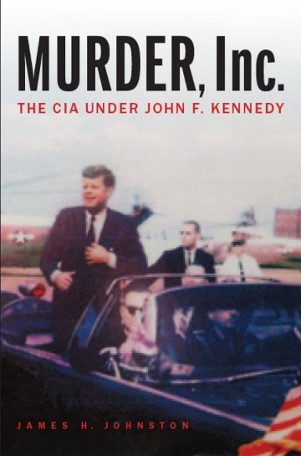When I was a lawyer for the Church Committee in 1975, James Angleton, the head of counterintelligence for the CIA, and I left together after a committee hearing. We had to take an elevator down from the hearing room in the Capitol to the rotunda. Several celebrity senators like Walter Mondale and Gary Hart were on the same elevator. When the door opened at the rotunda, the tourists there recognized the senators and immediately came over to shake their hands and get autographs. On the way back to the Dirksen Senate Office Building, Angleton remarked that he never realized what it was like to be a senator. That is, he was surprised at the ready access voters had to politicians. He said something like, “How can they be sitting in a room listening to the nation’s highest secrets one minute and the next minute walk out into a crowd and start shaking hands?”
 |
| James Jesus Angleton |
Angleton had spent his life in clandestine service, defending a democracy he had never seen in action. He typified many in U.S. intelligence in having an academic understanding of democracy but no “hands on” experience.
I always wondered why politicians wanted to be on something like the intelligence committee. It fed their egos of course. They were privy to information that their colleagues did not have. But how did this help them politically? It wasn’t like getting a post office built or landing a new military base in their state. It wasn’t even like sending a constituent an American flag that had flown over the Capitol. They couldn’t tell constituents about the good work they had done.
Of course, the senators did talk to reporters. On occasion, they might ask the staff what they could say in public about some secret they had learned. But they often just made that decision on their own. I remember distributing a paper marked Top Secret to the senators at a hearing. When the hearing was over and the senators were leaving, Senator Hart called out to another senator, saying in a loud voice, “You put that paper in the pocket of your jacket. It is Top Secret. You’ll have to leave it here.” Still, the senators were surprisingly good at “declassifying” what they heard and explaining it to reporters.
They sometimes made mistakes, but this is is a good thing. Democracy is better served by having politicians break through the morass of security classification and give the public a sense of what is going on rather than have the government operate in secrecy.




